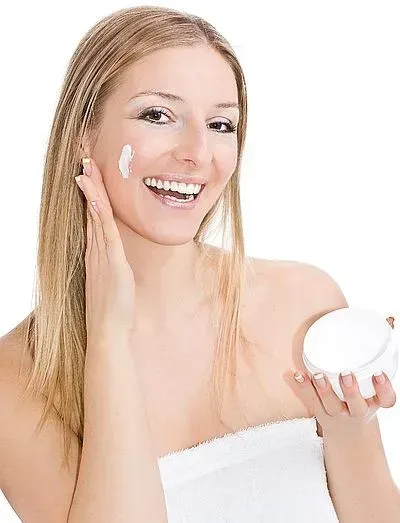
As seasons change, so do many aspects of your daily routine. Take the summer-to-fall transition, for instance. For your skincare routine, cooler temperatures can signal significant changes in your complexion, which may require us to reevaluate the tried-and-true products of summer and see if they're appropriate for bringing into fall. The same goes for the winter-to-spring seasonal shift: What worked for your skin during the cold weather season may not necessarily be what your skin requires during the summer.
What skin changes occur during fall and winter?
Skin faces different challenges throughout the year depending on the climate, and the cooler-weather seasons offer their own dermal challenges. Wintertime leaves the air dry, cold, and missing the added UV of the summer, which can strip away the skin's natural oils. This makes the skin more susceptible to irritation and sensitivities from the environment. Additionally, the skin’s reduction of oil production during these months can increase itchiness.
Cooler temperatures can slow down cell turnover, or the rate at which dead skin cells shed to reveal newer, healthier cells. This can make the complexion appear dull and flaky. Finally, fall and winter also marks a time where people crank up the heat in their homes as well as showers and baths, which can cause the skin to dry out even further.
How might your skincare change for colder weather?
Dry, cool air saps moisture from the skin, which loses some of its natural oils. To make up for this, it's important to use products that are hydrating. During the fall and winter, it's best to apply a non-comedogenic moisturizer twice a day to maintain skin hydration.
As far as skincare ingredients to use in the fall and winter, a pure hyaluronic acid serum, tops the list because it's effective at drawing moisture into the skin.
Glycerin is another heavy-hitter when it comes to fall and winter skincare regimens. Like hyaluronic acid, glycerin is a humectant that absorbs moisture like a sponge and is touted for being lightweight, mild, and effective at keeping the skin hydrated.
Finally, niacinamide, a form of vitamin B3, is another ingredient to incorporate into your cold weather skincare routine. Though it has hydrating properties like the others, much of its reputation is built on its anti-inflammatory effects, which can be helpful for parched skin that's become inflamed and overly-sensitive when temperatures dip.
Even though you’re outside less during the winter, you still need an SPF to protect the exposed skin on your face.
Sources: Reviewed
Recent Posts
Related Articles
Tips for stronger nails
Our nails can send lots of messages to others, and weak or...
June 19, 2023The haircut for your face shape
When it comes to picking a fresh haircut, your face shape is...
June 19, 2023Skincare rutine at the end of a busy week
A weekly skincare routine can save you if your skin has started...
June 19, 2023How to identify your skin type
All skin types can benefit from daily cleansing and moisturizing, but different...
June 19, 2023
























Leave a comment